Back to Center
I recently found an article in The Chronicle of Philanthropy that actually came out in February. I missed it at the time. But it’s important enough, worthy enough, to be discussed now.
The article addressed the biggest philanthropists in 2021, their giving, and their choices. And while the pandemic certainly affected everyone in the world, what the data shows is that the largest philanthropists in the United States are returning to their norms. They’re giving to the organizations they gave to previously.
The article does address the fact that many charity advocates were hoping for broader choices when it came to philanthropy. And there are anecdotal examples of that each day. However, the authors of the article articulate a lesson to us all. The people who care most about our mission are our most likely donors. And while certain things may come and go, the deeper your relationship with your best possible future donors, many of whom have given to you in the past, is how you will move forward successfully.
This is NOT a new concept. If you go back to the days of Hank Russo and Jerry Panas, they said the same. Our best donors are the ones that have already given to us. Yes, we always need to be thinking about new potential donors and pipelines. In the same vein, as we see the number of donors across the United States dwindle, now under 50% of the population, the ones that will make us, as organizations, reach our mission goals are fewer in totality and most likely the ones that have supported us all along. We’ve all heard the average effort it takes to find a new donor. There is probably some truth to it, but it takes seven touches to bring on a new donor. But… it takes a lot less to get those that were giving to us in the past to give again.
I’m all for learning. My life is built upon it. I teach it. But sometimes the basics of what we know and what we should know comes from past truisms. Old thoughts, by many, are not relevant and are “in the past.” If we pay attention, they might be still true today.


